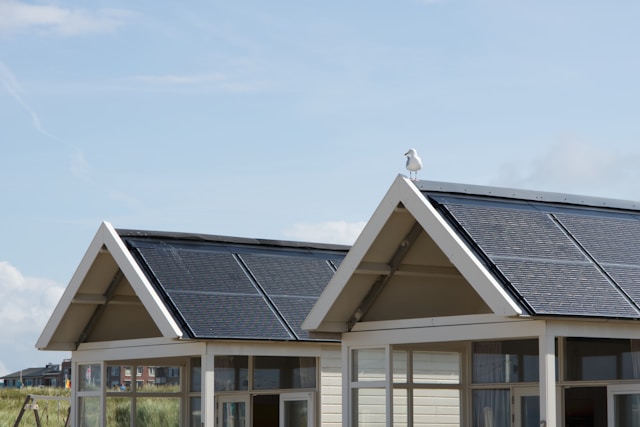Calling all eco-conscious creators and solar energy advocates! Ever wanted to design a visual blueprint of solar panels that’s both educational and artistic? You’ve landed in the perfect place. Whether you’re sketching for a classroom project, brainstorming a home solar setup, or simply channeling your inner artist, this guide will transform your ideas into a precise, traceable masterpiece. Ready to unleash your creativity? Let’s dive in!

What Is a Solar Panel Traceable Drawing?
Think of it as a solar panel’s “blueprint lite”—a simplified, easy-to-replicate sketch that highlights the core components of a solar panel system. Unlike technical diagrams, traceable drawings prioritize clarity and accessibility, making them ideal for presentations, DIY planning, or even wall art. Imagine a template that demystifies solar technology, turning intricate details into approachable visuals. Need to explain photovoltaic cells to students? Or map out a backyard solar array? This tool is your go-to!
Why Bother Sketching Solar Panels?
Beyond the thrill of creation, here’s why this skill is a game-changer:
- Demystify Solar Tech: Break down complex systems into digestible visuals.
- Boost Spatial Awareness: Perfect for plotting panel placements on roofs or gardens.
- Spark Conversations: Use your art to advocate for renewable energy in community projects or social media.
- Flex Your Creativity: Merge education with artistry—think infographics or science fair exhibits.
Gather Your Toolkit
No fancy gadgets required! Here’s your checklist:
- Paper or Sketchpad (size your canvas to your vision!)
- Pencil & Eraser (for those “oops” moments)
- Ruler (straight lines = pro-level precision)
- Fine-Liner Pen (bold, clean outlines)
- Solar Panel Reference Image (Google “monocrystalline panel” for inspiration)
- Colored Markers (optional but fun for highlighting components)
Your Step-by-Step Roadmap to Solar Artistry
Follow these steps to craft a crisp, traceable design:
1. Draft the Outer Frame
Begin with a rectangle using your ruler and pencil. Pro tip: Most residential panels have a 3:4 aspect ratio (e.g., 6×8 inches). Adjust proportions based on your project—larger for murals, smaller for flashcards.
2. Grid Work: Mapping Solar Cells
Inside the frame, draw evenly spaced horizontal and vertical lines to form a grid. Residential panels typically house 60–72 cells, but for simplicity, aim for 8–12 squares. Fun fact: Each cell generates ~0.5V, so a 12-cell grid could symbolize a 6V micro-system!
3. Connect the Dots (Literally!)
Add thin lines between cells to mimic busbars—the metallic strips that channel electricity. For realism, sketch tiny silver lines along cell edges or a junction box at the panel’s rear (a small square with two lines for wires).
4. Ink It Like a Pro
Once satisfied, trace over your pencil lines with a fine-liner. Use steady strokes for sharp edges. Erase any stray pencil marks, and voilà—your traceable outline is ready!
5. Jazz It Up (Optional)
- Color Code: Shade cells navy blue (for monocrystalline) or speckled black (polycrystalline).
- Label Parts: Tag components like “PV Cells,” “Tempered Glass,” or “Backsheet” for educational flair.
- Contextualize: Place your panel under a hand-drawn sun or atop a rooftop outline.
Level Up: Pro Tips for Impactful Designs
- Go 3D: Use shading to add depth—darker tones under the frame create a floating effect.
- Scale Models: Draw multiple panels in an array, spaced 2–3 inches apart for “rooftop” layouts.
- Dynamic Angles: Sketch panels tilted at 30–40 degrees (optimal for sun absorption) with shadows for realism.
- Interactive Elements: Add arrows showing sunlight → electrons → electricity flow for STEM visuals.
Share the Solar Love!
Snap a photo of your creation and tag #SolarTraceableArt—inspire others to blend sustainability with creativity. Frame it as eco-friendly decor, use it in school workshops, or integrate it into solar proposal presentations. The possibilities are as limitless as solar energy itself!